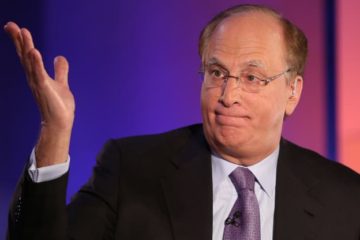04:45 AM Dec 11, 2012
If we look at a lot of Asian cities like Manila and Bangkok, we find an extraordinary amount of gridlock especially during the peak hours going to and from work in the business districts.
Despite the preponderance of mass transit systems in many countries, there are still a large number of cars and trucks that enter and leave our cities every day to do their activities.
All of these vehicles of course burn fossil fuels and release greenhouse gases, but we rarely stop and think of traffic avoidance as a carbon mitigation scheme. Most of our attention is focused on clean energy vis-a-vis coal plants and other fossil fuel energy sources.
While it is important to avoid building more coal plants (or at least slow it down), one cheap and smart way to do carbon mitigation is to simply work on the traffic problem, coupled with fuel efficiency efforts.
A programme to encourage engine tune-ups and maintenance; banning certain cars from the road depending on their plate number (for that day); encouraging car pools; and other easily implementable solutions can reap good carbon reduction rewards, especially if you consider that one hour spent in traffic can easily burn one litre of fuel. This solution, of course, should be coupled with mass transit solutions and other modern urban planning tools.
The United States Environmental Protection Agency estimates carbon dioxide output from a standard coal plant for every hour it is run at roughly 2,249 lbs per one million watts of electricity generated (or one megawatt). This translates to just over one metric ton of CO2 per hour.
If we compare this with the CO2 output from vehicles – assuming an average of 2.5kg per litre of fuel – we find that burning roughly 400 litres of fuel is equivalent to each megawatt that a coal plant that runs for an hour generates.
Now consider this: An entire city paralysed in traffic gridlock may exceed 40,000 litres of petrol burned every hour.
The CO2 generated is the equivalent of what a 100-megawatt coal plant running for an hour produces.
So the next time someone talks about cutting carbon, one might suggest that they also look at traffic avoidance in our cities as a good carbon mitigation strategy.
Dennis Posadas is an Asia-based fellow of the Climate Institute Center for Environmental Leadership Training and a technical consultant on clean energy matters. He is the author of Jump Start: A Technopreneurship Fable. His new business fable on clean energy will be published in 2013.
Copyright 2012 MediaCorp Pte Ltd | All Rights Reserved


